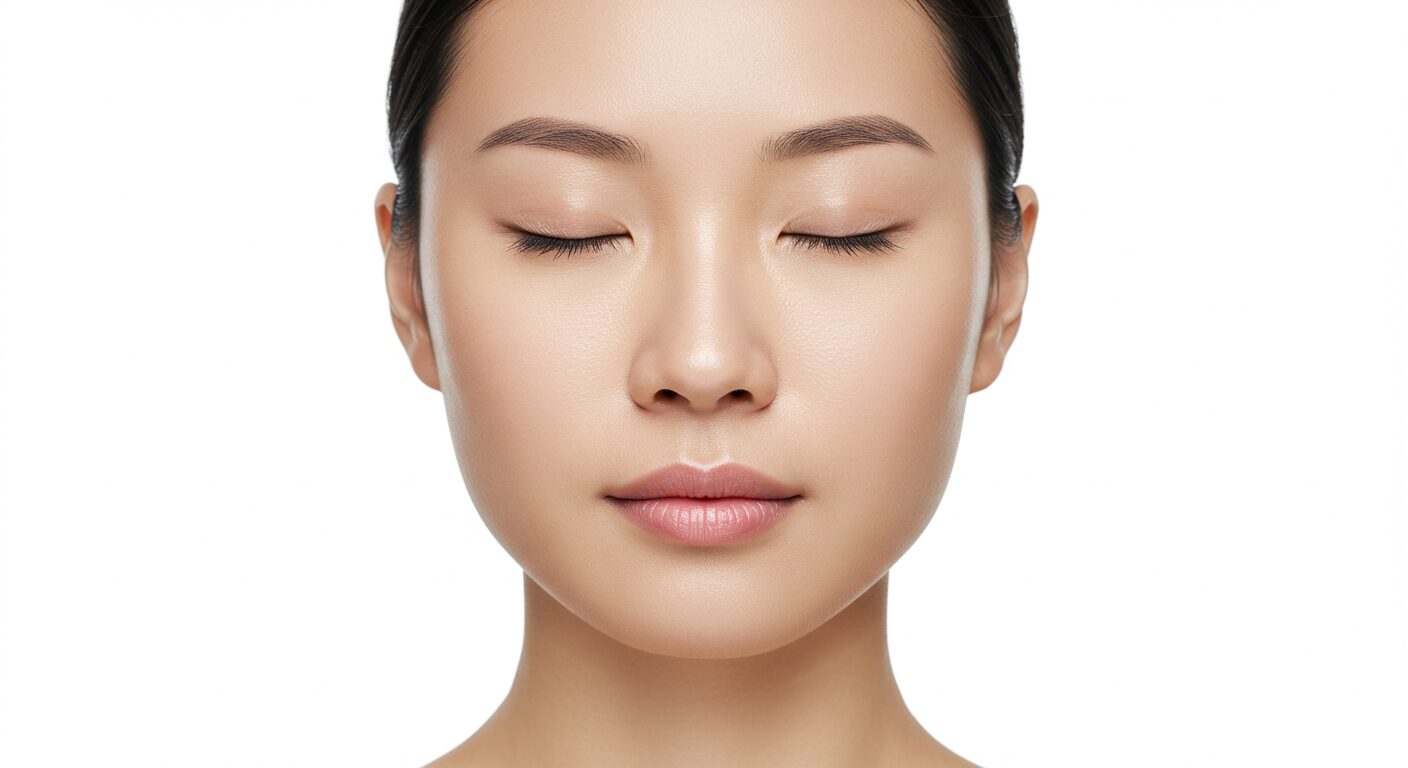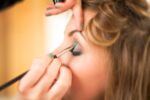Introduction
Terms like “whitening” and “brightening” have long been popular in the Asian market, but due to evolving social and cultural awareness and tightening regulations, their usage now requires careful consideration. This article provides an overview of regulatory changes and the current status of whitening-related expressions in key Asian countries—namely South Korea, China, Japan, and India—and offers guidance for future compliance.
*Please note: This article is intended for reference only. For product labeling and advertising, always consult the latest guidelines and laws issued by the relevant regulatory authorities in each country.
Current Regulations and Key Characteristics by Country
South Korea: Stricter Oversight and a Shift Away from “Whitening”
Since the 2000s, the term “whitening” (미백) has been widely used in Korean product labeling and advertising. However, regulations have become increasingly strict in recent years.
- In 2021, the Ministry of Food and Drug Safety (MFDS) announced a policy to strictly regulate the definition and scope of “whitening.” Previously, terms like “whitening” and “radiance-boosting” were loosely used. Under the new system, only products containing MFDS-approved active ingredients with proven effects can be labeled as “functional cosmetics for whitening.”
- Such products must undergo individual screening or notification procedures as functional cosmetics and must include proven ingredients such as arbutin or niacinamide.
Reference: MFDS Official Website: Functional Cosmetics Resources
China: Clearer Guidelines and Expression Restrictions
In 2021, China implemented the Cosmetic Supervision and Administration Regulation (CSAR), which significantly tightened controls on promotional and labeling claims that imply medicinal effects.
- The term “whitening” itself is not banned, but expressions that suggest medical efficacy are prohibited.
- The National Medical Products Administration (NMPA) has issued stricter guidelines for advertising language.
- Claims must focus on cosmetic benefits such as “skin tone care” or “dullness correction,” and be supported by scientific evidence.
Reference: NMPA Official Website
Japan: “Quasi-drug” Labeling and Pharmaceutical Law Restrictions
In Japan, “whitening” claims are only permitted for quasi-drugs and are not allowed for general cosmetics.
- Even when labeling a product as whitening under quasi-drug status, the claim must follow the Ministry of Health, Labour and Welfare’s standardized phrases, such as “suppresses melanin production and prevents spots and freckles.”
- Approved whitening claims must be backed by active ingredients (e.g., Vitamin C derivatives, tranexamic acid) at regulatory levels.
Reference: Ministry of Health, Labour and Welfare: Cosmetics and Quasi-drugs Page
India: Social Backlash and Elimination of the “Fairness” Label
In India, the term “fairness” came under intense scrutiny for linking skin tone with social value, sparking wide public debate.
- In 2020, Unilever rebranded its flagship product from “Fair & Lovely” to “Glow & Lovely.”
- The Advertising Standards Council of India (ASCI) established strict guidelines prohibiting discriminatory skin tone representations:
- Ads must not imply that lighter skin leads to social success, marriage, employment, or attractiveness.
- Overemphasizing lightened skin via Before/After visuals is restricted.
- Overstated or discriminatory claims such as “fair skin changes your life” are prohibited.
Reference: ASCI Official Website
Key Considerations and Strategic Guidelines
Despite regional differences in laws and guidelines, brands should keep the following points in mind:
- Avoid expressions that imply medical or therapeutic effects.
- Claims must be substantiated with scientifically backed data and use of officially approved ingredients.
- Steer clear of language that associates skin tone with social status or value; instead, use expressions that reflect cultural and ethical sensitivity.
For globally expanding brands, it’s essential to localize marketing messages and ensure compliance with each market’s legal framework and societal norms.
Conclusion
The term “whitening” is more than just a cosmetic label—it carries social and cultural implications. Brands that uphold regulatory compliance and communicate with sincerity and respect will be better positioned to build long-term consumer trust.
Discover MirrARly: The Ultimate Virtual Makeup Experience
Developed by the Cosmetics Insights team, MirrARly is a virtual makeup app built specifically for cosmetics retailers.
Easily integrate virtual makeup functionality into your cosmetics e-commerce site—click the buttons below to try it for yourself.
Tip: For best results, use in front of soft, even lighting.
Why Merchants Love MirrARly
- One-click Shopify installation
- No setup fees—monthly subscription
- Customizable color tones and finishes









